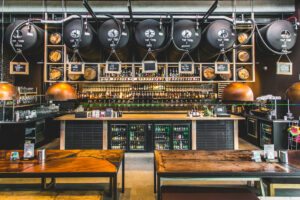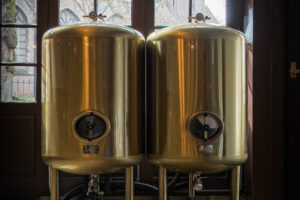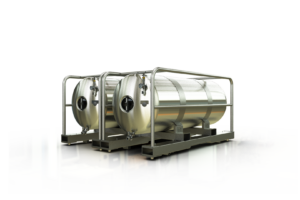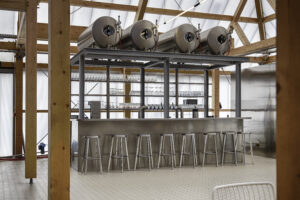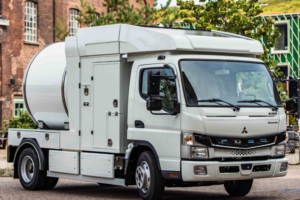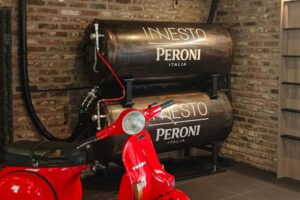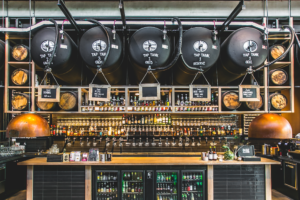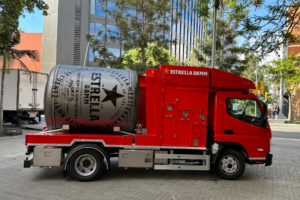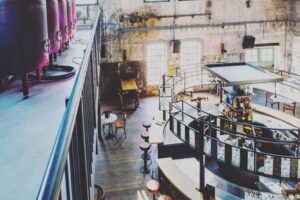As a brewer, you want to make sure your customers get the optimum experience when they order your beer in a bar.
As the name already suggests, a tankbeer systems relies on beer tanks. They form the basis and beating heart of a tankbeer system. In this blog, we explain what parts make up a beer tank and what their functions are. We also explain the difference between a single-wall (non-insulated) and a double-wall (insulated) beer tank.
The pressure vessel
The tank in a tankbeer system is used in combination with an inliner, requiring compressed air to press out the beer. In order to safely do this, the beer tank is treated as a pressure vessel. This means that the construction of a beer tank, needs to be strong enough to handle the air pressure. In case of a Duotank beer tank, this means the tanks are designed and build to handle up to 4.3 bar of pressure.
In order to do so, the beer tank always is made from stainless steel. This allows the front and back end to be welded on a steel sleeve. Together, this construction forms a pressure vessel. At the same time, the end result is a single-walled tank.
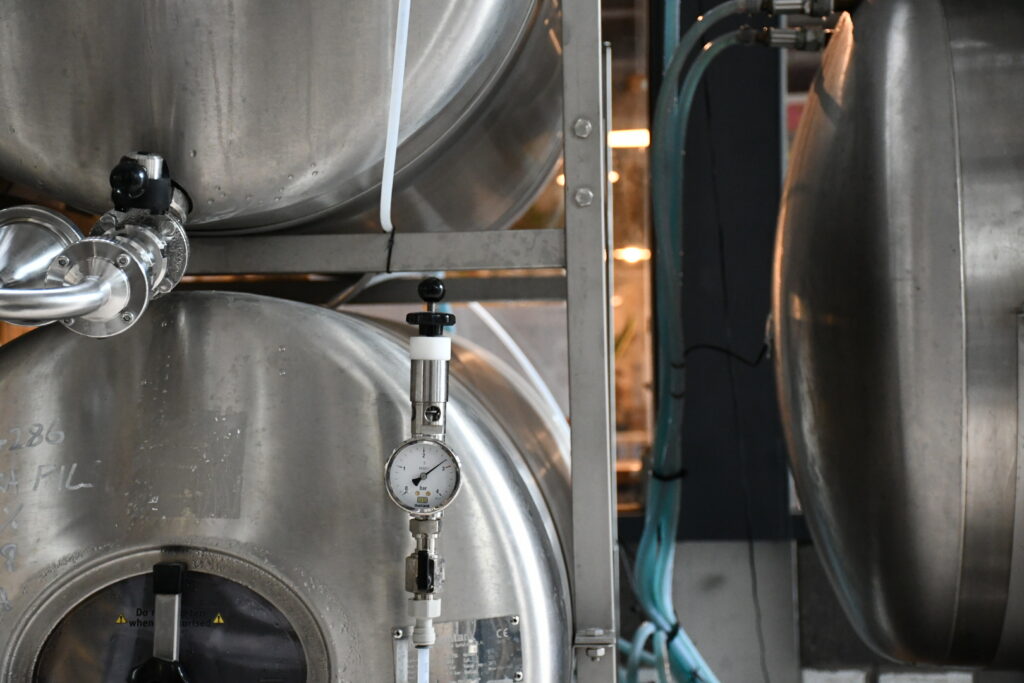
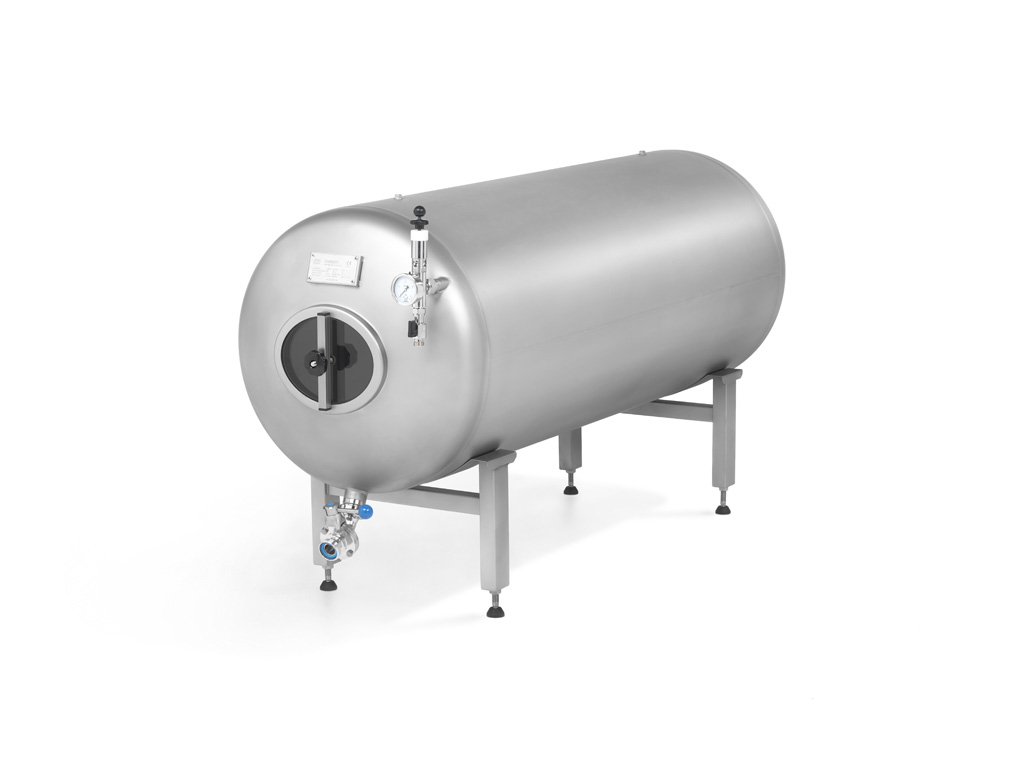
Single-walled tanks (non-insulated)
The result of the basic constructed pressure vessel is a single-walled tank. This is a tank that is fully functional, using an inliner. As is it single-walled, there is no active cooling or insulation. In order to keep the beer inside the tank cold and fresh, this type of tanks needs to be placed inside a cold room. For some bars this is a perfectly workable option, in case they already have a pre-installed cold room.
Double-walled tanks (insulated)
In order to transform a single-walled tank to a double-walled tank, a layer of insulation needs to be added. To further strengthen the effect, also cooling coils are mounted on the single-walled tank. The cooling coils are made from copper and mounted directly on the single-walled tank to have optimal cold transfer. In order to create a space where the insulation foam can be injected, a second tank layer is added. We refer to this as the ‘outside tank.’ This outside tank is, in most cases, also made from stainless steel. In the space between the inside and outside tank, circa 4 cm of insulation foam is added.
The benefit of these tanks, is that they can be used in any environment. Thanks to the strong insulation and cooling coils, the beer remains fresh and cold.
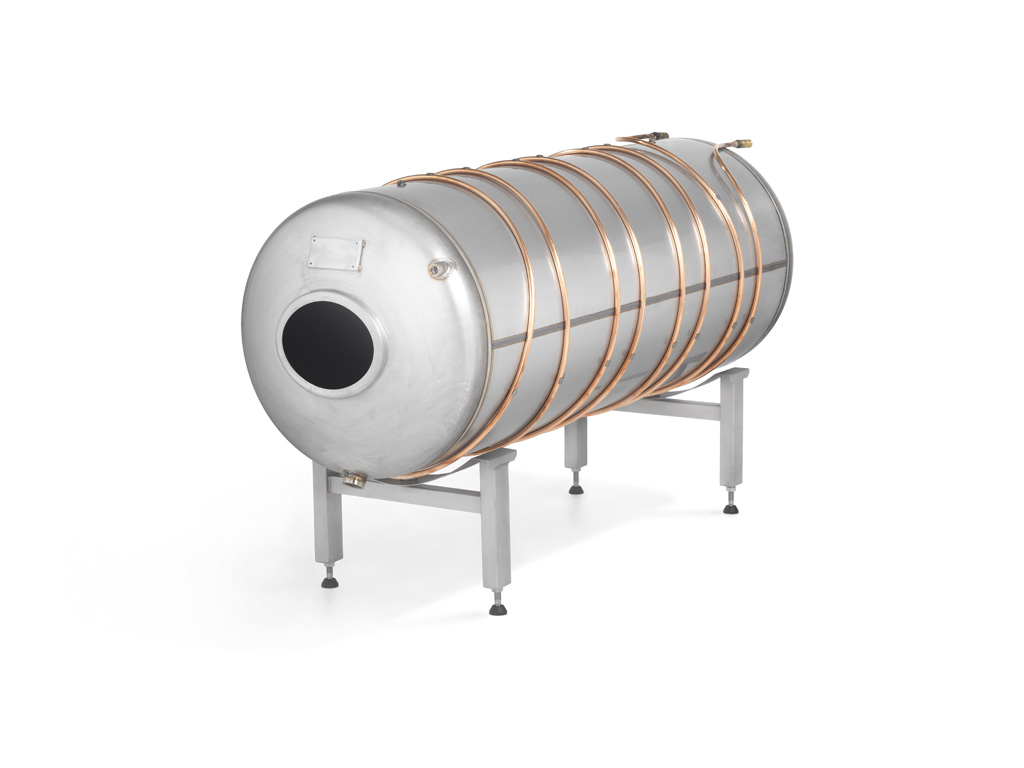
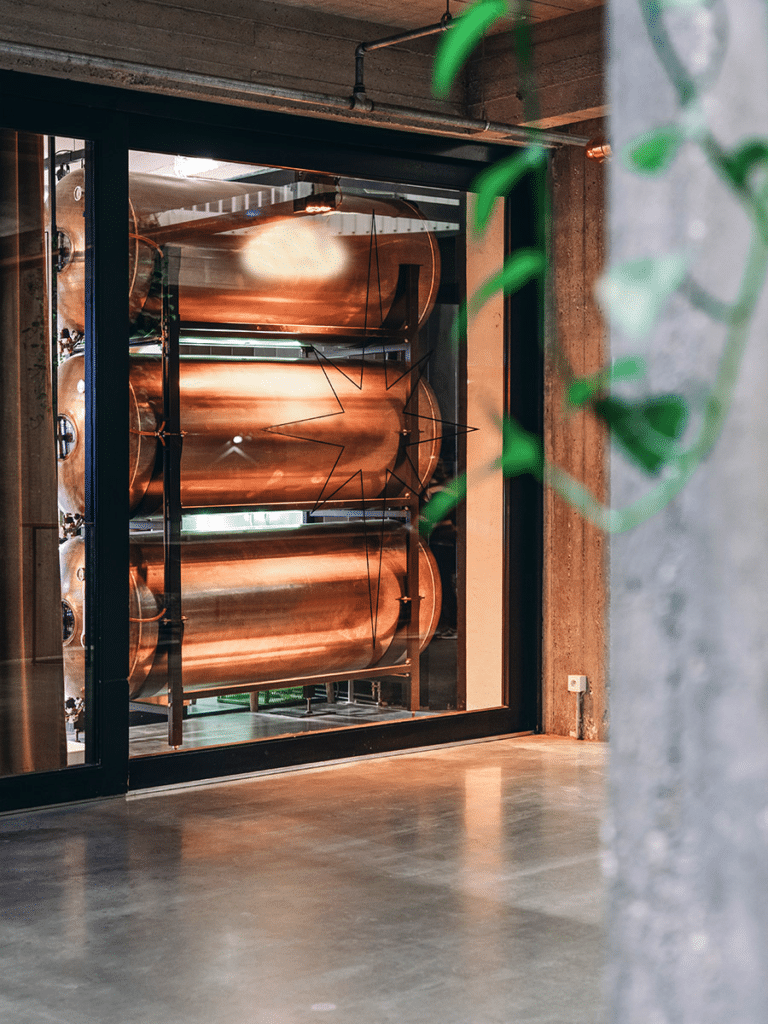
Tank finishes
Insulated tanks are normally fitted with a stainless steel outer shell (outside tank). In order to save weight, the outer shell can also be left out, making the insulation foam the outer layer. This is a so called ‘PU tank.’ The advantage of these tanks, is that they are 40% lighter, making it easier to install them in a cellar.
A stainless steel outer shell has the advantage that it offers more opportunities for branding. The stainless steel can be powder coated or painted in to almost any colour.
Lastly, there is the option to copper plate the stainless steel, giving it the looks of a real copper tank. This process is unique to Duotank and regarded as a truly amazing look for presenting a brand.
Recent articles
Blog: tankbeer systems for stadiums and concert halls
As a brewer, you want to make sure your customers get the optimum experience when they order your beer in a bar.
Blog: understanding how a tankbeer systems keeps beer at the right temperature
As a brewer, you want to make sure your customers get the optimum experience when they order your beer in a bar.
Blog: Tankbeer transport: finding the right set-up for your unique situation
As a brewer, you want to make sure your customers get the optimum experience when they order your beer in a bar.
Blog: a deep dive into the Pressure Equipment Directive (PED)
As a brewer, you want to make sure your customers get the optimum experience when they order your beer in a bar.
Blog: Using compressed air instead CO2
As a brewer, you want to make sure your customers get the optimum experience when they order your beer in a bar.
Blog: Understanding Duotank Beer Tank Inliners: What They Are and Why They Matter
As a brewer, you want to make sure your customers get the optimum experience when they order your beer in a bar.
Blog: the basics of a tankbeer system
As a brewer, you want to make sure your customers get the optimum experience when they order your beer in a bar.
Blog: inner city draught beer delivery
As a brewer, you want to make sure your customers get the optimum experience when they order your beer in a bar.
Duotank Australia: 15 years of unpasteurized tankbeer excellence
As a brewer, you want to make sure your customers get the optimum experience when they order your beer in a bar.

